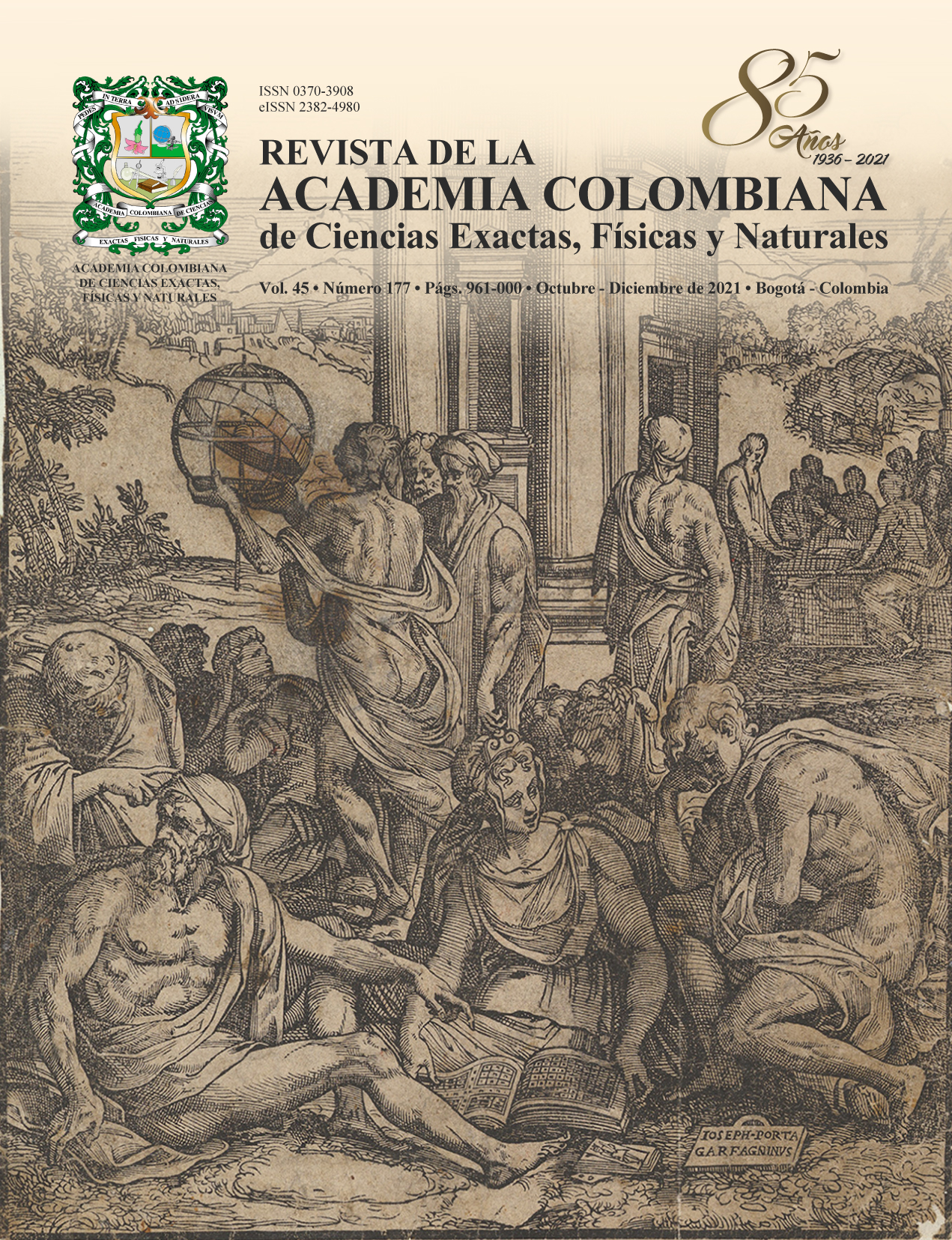Abstract
Diversely substituted Knoevenagel products were subjected to reduction with NaBH4 in MeOH/pdioxane solution at 70 oC. Selectively reduction of their C=C double bond was achieved in all cases. Reduction conditions tolerated a variety of functional groups although simple aldolic or Claisen-Schmidt products showed to be less selective toward C=C reduction and on the contrary C=O bond was reduced under these reaction conditions. Additionally, selectivity of the NaBH4-mediated chemical reduction was compared with the classical Raney-Nickel-mediated catalytic hydrogenation in order to find similarities and differences. Moreover, trying to explain the selective NaBH4-mediated reductive process a plausible mechanistic pathway was proposed in this regard.
Keywords
References
Aramini, A., Brinchi, L., Germani, R., Savelli, G. (2000). Reductions of α,β‐unsaturated ketones by NaBH4 or NaBH4 + CoCl2: Selectivity control by water or by aqueous micellar solutions. Eur. J. Org. Chem. 2000: 1793-1797. doi.org/10.1002/(SICI)1099-690(200005)2000:9<1793::AIDEJOC1793>3.0.CO;2-A
Balcells, D., Clot, E., Eisenstein, O., Nova, A., Perrin, L. (2016). Deciphering selectivity in organic reactions: A multifaceted problem. Acc. Chem. Res. 49: 1070-1078. doi: 10.1021/acs.accounts.6b00099
Cai, Q., Sheng, H.-Y., Li, D.-K., Liu, Y., Wu, A.-X. (2018). Base-promoted tandem cyclization for the synthesis of polyfunctional 2-hydroxy-,3-dihydrofurans from arylglyoxal monohydrates and 3-(1H-indol-3-yl)-3-oxopropanenitrile. Synlett. 29: 1926-1932. doi: 10.1055/s-0037-1609555
Chen, T., Xu, X.‐P., Ji, S.‐J. (2013). Facile and efficient synthesis of indol‐3‐yl substituted pyran derivatives via one‐pot multicomponent reactions under ultrasonic irradiation. J. Heterocycl. Chem. 50: 244-251. doi.org/10.1002/jhet.983
Chikashita, H., Nishida, S., Miyazaki, M., Morita, Y., Itoh, K. (1987). In situ generation and synthetic application of 2-henylbenzimidazoline to the selective reduction of carbon–carbon double bonds of electron-deficient olefins. Bull. Chem. Soc. Jpn. 60: 737-746. doi. org/10.1246/bcsj.60.737
Cornubert, R. & Eggert, H.G. (1954). Bull. Soc. Chim. Fr. 21: 522-523.
Cornubert, R. & Thomas, P. (1954). Bull. Soc. Chim. Fr. 21: 524-528.
Fadda, A.A., El-Mekabaty, A., Mousa, I.A., Elattar, K.M. (2014). Chemistry of 3-(1H-indol-3-yl)-3-oxopropanenitrile. Synth. Commun. 44:1579-1599. doi.org/10.1080/00397911.2013.861915
Felpin, F.-X. & Fouquet, E. (2010). A useful, reliable and safer protocol for hydrogenation and the hydrogenolysis of O‐benzyl groups: The in situ preparation of an active Pd0/C catalyst with
well‐defined properties. Chem. Eur. J. 16: 12440–12445. doi.org/10.1002/chem.201001377 Gutierrez, M., Nazareno, M.A., Sosa, V., López de Mishima, B.A., Mishima, H.T. (2010).
Hydrogenation of chalcones using hydrogen permeating through a Pd and palladized Pd electrodes. Electrochim. Acta. 55: 5831–5839. doi.org/10.1016/j.electacta.2010.05.032
Hammond, C.N., Schatz, P.F., Davidson, T.A. (2009). Synthesis and hydrogenation of disubstituted chalcones. A guided-inquiry organic chemistry project. J. Chem. Educ. 86: 234-239. doi.org/10.1021/ed086p234
Inoue, K., Ishida, T., Shibata, I., Baba, A. (2002). Remarkable dependence of diastereoselectivity on anhydrous or aqueous solvent in the indium hydride promoted reductive aldol reaction of α,β‐unsaturated ketones. Adv. Synth. Catal. 344: 283-287. doi.org/10.1002/1615-
(200206)344:3/4<283::AID-ADSC283>3.0.CO;2-S
Insuasty, B., Ramírez, J., Becerra, D., Echeverry, C., Quiroga, J., Abonia, R., Robledo, S.M., Vélez, I.D., Upegui, Y., Munoz, J.A., Ospina, V., Nogueras, M., Cobo, J. (2015). An efficient synthesis of new caffeine-based chalcones, pyrazolines and pyrazolo[3,4-b][1,4] diazepines as potential antimalarial, antitrypanosomal and antileishmanial agents. Eur. J. Med. Chem. 93: 401-413. doi.org/10.1016/j.ejmech.2015.02.040
Insuasty, D., Robledo, S.M., Vélez, I.D., Cuervo, P., Insuasty, B., Quiroga, J., Nogueras, M., Cobo, J., Abonia, R. (2017). A Schmidt rearrangement-mediated synthesis of novel tetrahydro-benzo[1,4]diazepin-5-ones as potential anticancer and antiprotozoal agents. Eur. J. Med. Chem. 141: 567-583. doi.org/10.1016/j.ejmech.2017.10.024
Keess, S. & Oestreich, M. (2017). Access to fully alkylated germanes by B(C6F5)3-catalyzed transfer hydrogermylation of alkenes. Org. Lett. 19: 1898-1901. doi.org/10.1021/acs.orglett.7b00672
Kong, A., Han, X., Lu, X. (2006). Highly efficient construction of benzene ring in carbazoles by palladium-catalyzed endo-mode oxidative cyclization of 3-(3‘-alkenyl)indoles. Org. Lett. 8: 1339-1342. doi.org/10.1021/ol060039u
Lipshutz, B.H., Keith, J., Papa, P., Vivian, R. (1998). A convenient, efficient method for conjugate reductions using catalytic quantities of Cu(I). Tetrahedron Lett. 39: 4627-4630. doi.org/10.1016/S0040-4039(98)00855-7
Mohamadi, M., Setamdideh, D., Khezri, B. (2013). Regioselective and chemoselective reduction of Ramírez-Prada, J., Robledo, S.M., Vélez, D., Crespo, M.P., Quiroga, J., Abonia, R., Montoya, A., Svetaz, L., Zacchino, S., Insuasty, B. (2017). Synthesis of novel quinoline–based 4,5–dihydro–1H–pyrazoles as potential anticancer, antifungal, antibacterial and antiprotozoal agents. Eur. J. Med. Chem. 131: 237-254. doi.org/10.1016/j.ejmech.2017.03.016
Tucker, S.H. (1950). Catalytic hydrogenation using Raney nickel. J. Chem. Educ. 27: 489-493.
Wang, Q.-D., Yang, J.-M., Fang, D., Ren, J., Dong, B., Zhou, B., Zeng, B.-B. (2016). Chemoselective Cu (I) catalyzed bis (pinacolato) diboron conjugate addition and reduction onto α,β-unsaturated carbonyl compounds. Tetrahedron Lett. 57: 2587-2590. doi.org/10.1016/j.tetlet.2016.04.094
Ward, R.S. (1999). In Selectivity in organic synthesis, 1st Edition, Wiley eds,. ISBN: 978-0-471-98779-6
Zeynizadeh, B. & Shirini, F. (2003). Mild and efficient reduction of α,β-unsaturated carbonyl compounds, α-diketones and acyloins with sodium borohydride/Dowex1-x8 system. Bull. Korean Chem. Soc. 24: 295-298. doi.org/10.5012/bkcs.2003.24.3.295
Zheng, H.-X., Xiao, Z.-F., Yao, C.-Z., Li, Q.-Q., Ning, X.-S., Kang, Y.-B., Tang, Y. (2015). Transition-metal-free self-hydrogen-transferring allylic isomerization. Org. Lett. 17: 6102-6105. doi.org/10.1021/acs.orglett.5b03124

This work is licensed under a Creative Commons Attribution-NonCommercial-NoDerivatives 4.0 International License.
Copyright (c) 2021 Revista de la Academia Colombiana de Ciencias Exactas, Físicas y Naturales





